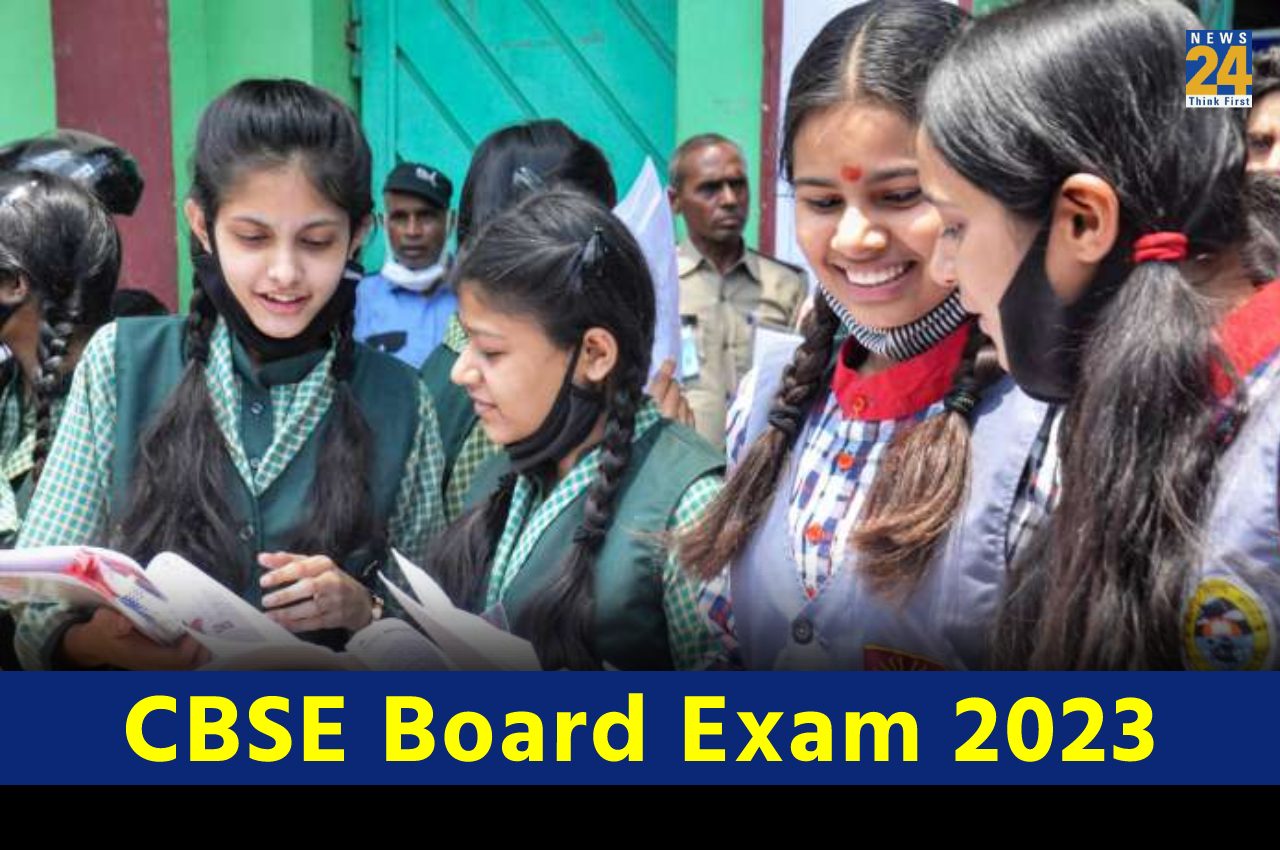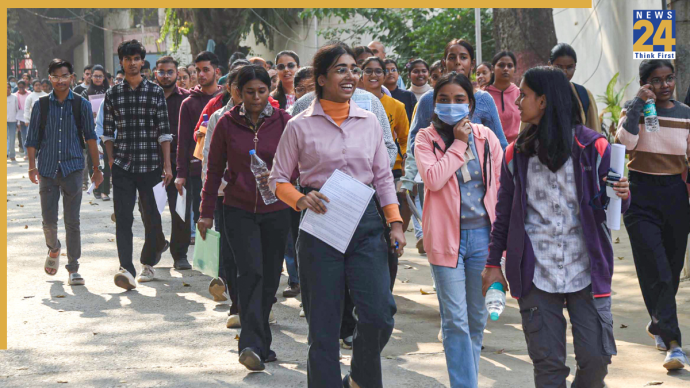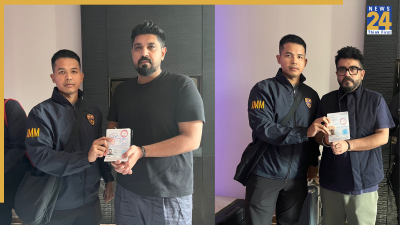CBSE Class 12 Physics Board Exam Analysis 2023: Today, March 6, 2023, was the date for the Central Board of Secondary Education (CBSE) class 12th Physics board test. The exam was three hours long and was given from 10.30 AM to 1.30 PM nationwide. For students in the scientific stream, physics is a crucial subject, and the majority of them are interested in knowing the difficulty level of the exam questions.
We have included a thorough overview of the CBSE Class 12 physics test for 2023 in this article to enable students to get a head start on the exam and gauge their performance. For additional information on the CBSE class 12 physics test analysis, question paper PDFs, and answer key see the sections below.
CBSE Class 12 Physics Exam 2023: Key Points
| Board | Central Board of Secondary Education (CBSE) |
| Official website | cbse.gov.in |
| Class | 12th |
| Subject | Physics |
| Date | March 6, 2023 |
| Time | 10.30 am to 01.30 pm |
| Difficulty level | Moderately and Lengthy |
Class 12 Physics Exam 2023: Paper Review
According to a few students, the exam was well-balanced and most of the questions were straightforward, apart from a few queries, which occur every year, nothing was out of the ordinary. All other questions were moderately difficult in terms of difficulty, however, several numerical questions required calculus and an understanding of mathematics.
According to experts, the exam’s section A with its multiple-choice questions scored the highest. From there, the paper just became more difficult. Many pupils were perplexed by the short-answer questions, even though the long-answer derivations came straight from the NCERT. Students believed that this year’s questions placed a greater emphasis on applying concepts than in years past.
Also read:- UGC NET 2023: Phase 4 exam city intimation letter released, direct link here
Questions asked in the Physics exam
The class 12 physics test for the CBSE was divided into 5 sections, each carrying a maximum score of 70. The exam had a three-hour time limit, and the candidates had to finish it. The question paper was available for candidates to read for 15 minutes. During this time, writing answers is not permitted.
Section A: 18 multiple choice questions of 1 mark each.
Section B: 7 very short answer questions carrying 2 marks each.
Section C: 5 short answer questions contain 3 marks each.
Section D: 3 long answer questions consist of 5 marks each.
Section E: 2 case study-based questions carrying 4 marks each.













